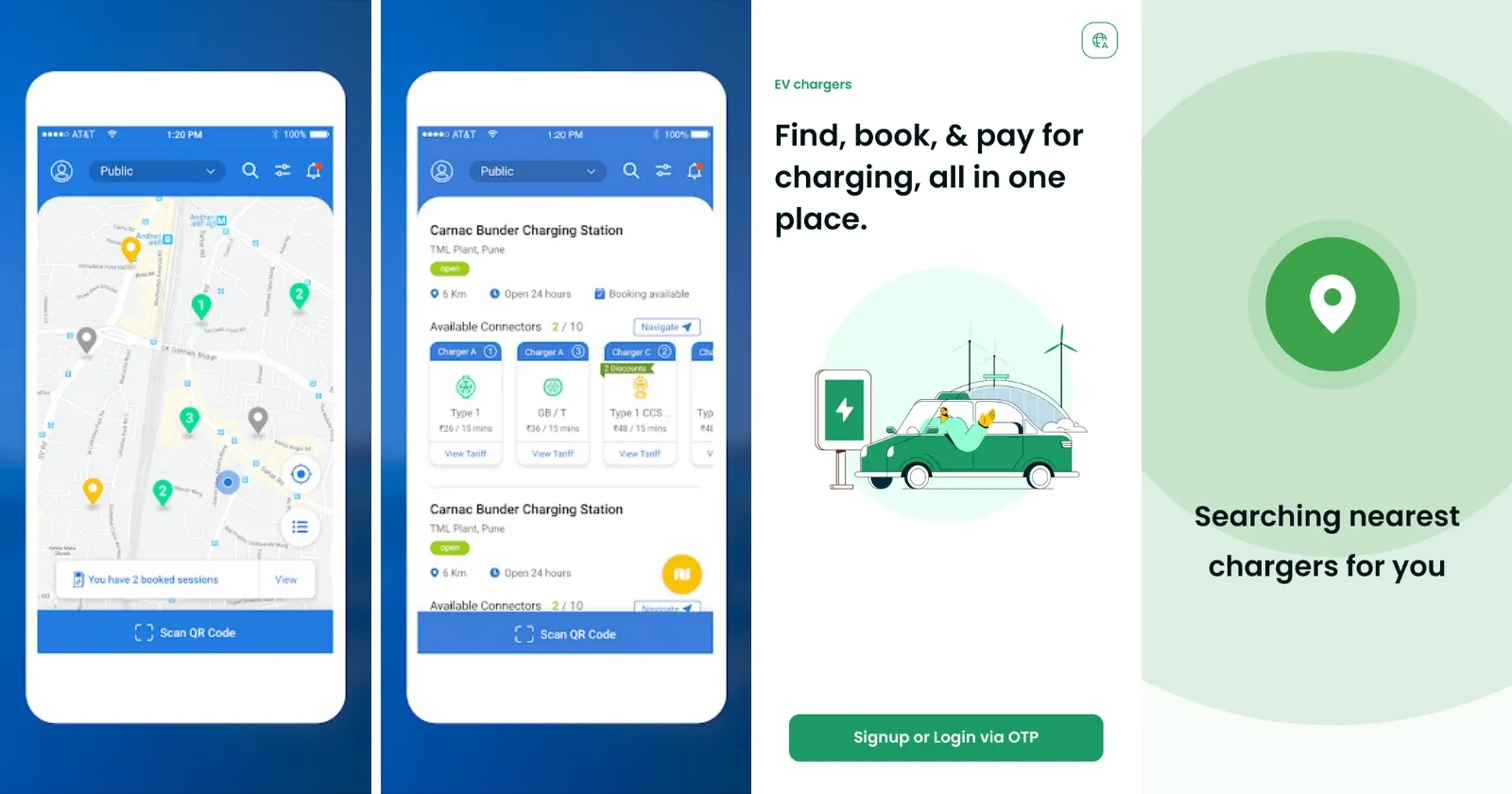
While India's EV landscape is rapidly evolving, nearly two in five EV users cite unreliable chargers as a major obstacle.

Share Post

While India's EV landscape is rapidly evolving, nearly two in five EV users cite unreliable chargers as a major obstacle.
As electric vehicles (EVs) surge across India — with 65 per cent of pin codes now hosting at least one registered EV and 84 per cent of owners using EVs as their primary vehicles — a critical roadblock still lurks in the EV adoption journey: fragmented discovery and payment hurdles in public charging.
While India's EV landscape is rapidly evolving, supported by a fourfold growth in public charging stations to 24,000 in just two years, nearly two in five EV users cite unreliable chargers as a major obstacle. One lesser-known but equally nagging issue is the chaotic experience faced by consumers trying to locate and pay for charging services. According to the 2025 India Charging Report, released recently by Tata Motors, customers currently juggle an average of 17–20 separate apps to find chargers and complete transactions, creating significant app fatigue and frustration for users, especially elderly and chauffeur-driven vehicle owners, the digital payment process is daunting.
Despite India's UPI revolution accounting for 85 per cent of digital transactions nationwide, these demographics still frequently request offline payment options such as cash or UPI at the charger itself. This digital divide threatens to impede EV adoption beyond just infrastructure availability. Fragmented payment gateways and inconsistent app user experiences add to consumer anxiety, undermining the seamless charging journey crucial to electric mobility.
Industry players like Tata Motors are tackling these pain points with innovative solutions to unify the charging ecosystem. The company’s iRA.ev app offers a centralised platform for live charger status updates and seamless payments across partner networks. With integrated DrivePay in-car solutions, a unified RFID card allowing tap-and-pay at compatible chargers, and full UPI integration, Tata aims to simplify the charging workflow and reduce dependency on multiple applications. Complementing this digital push is the establishment of a dedicated Charging Call Centre that has resolved over 25,000 user issues and assisted 500+ EV road trips, underscoring a commitment to user support.
In comparison, MG Motor India also provides an EV charger locator and payment functionality integrated into its i-SMART app. While MG’s app is praised for its intuitive interface and vehicle-management features, its charging network and app ecosystem are relatively narrower in scope versus Tata.ev’s comprehensive nationwide partner network. MG's app focuses heavily on brand-exclusive charging solutions and fewer public interoperable networks, which can limit convenience for users traversing multiple cities or brands. Tata.ev's open collaboration framework — uniting charge point operators and oil marketing companies — fuelled the addition of 18,000+ public charging stations in just 15 months, making it one of the most expansive charging service ecosystems in India.
Despite these innovations, challenges remain. Nearly half of India's public chargers were reported non-functional as of early 2024, with over 12,000 units suffering downtime issues. Fragmentation in discovery and payments combined with coverage gaps can trigger range anxiety and degrade the perceived reliability of EVs, slowing the momentum of adoption.
Yet the broader trends remain optimistic. EV owners drive their vehicles 27 days a month on average — 35 per cent more than internal combustion engine vehicle owners — with monthly distances running 40 per cent higher at 1,600 km on average. Road coverage by EVs now extends to 95 per cent of India's motorable network, and more than half of Tata EV users have completed journeys over 500 km on key corridors like Delhi-Manali and Mumbai-Goa, covering more ground than ever before in this growth trajectory, enhancing user experience in the charging ecosystem will be key. Streamlining app interfaces, unifying payment methods through UPI and RFID integration, and improving charger reliability are critical to reducing consumer anxiety and encouraging wider adoption.
As India accelerates towards its electric future, solving the hidden barriers of app fatigue and payment friction is not just a technological upgrade — it is a socio-economic imperative for inclusion, convenience, and trust in EV infrastructure.
Renault to Hike Prices Across Range in India From January as Automakers Feeling Rupee Pressure
Acko Drive Team 27 Dec, 2025, 6:43 PM IST
China Sets New EV Standards: Energy Caps, Tax Exemptions, Fire Safety Rules Revised
Acko Drive Team 27 Dec, 2025, 2:49 PM IST
Geely Subsidiary SiEngine Begins Mass Production of ADAS Chip Capable of 2,048 TOPS
Acko Drive Team 27 Dec, 2025, 11:24 AM IST
ACKO Drive Awards 2026: Hyundai Venue Grabs the 2026 Subcompact SUV TOTM Shortly After Launch
Acko Drive Team 26 Dec, 2025, 12:07 PM IST
Cybersecurity Platform Cyble Uncovers Over 36 Fake e-Challan Domains
Acko Drive Team 26 Dec, 2025, 10:24 AM IST
Looking for a new car?
We promise the best car deals and earliest delivery!
